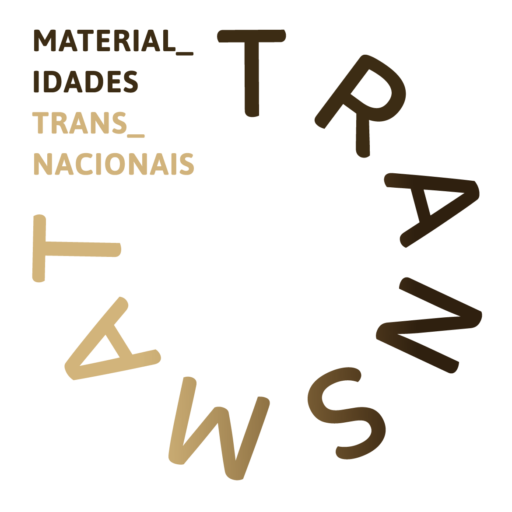TRANSMAT — Transnational Materialities (1850-1930): Reconstituting collections and connecting histories
In the oldest Portuguese museums, especially archaeology museums, there is a wide range of collections of objects from other countries such as Italy and Egypt, and various sites in Africa, Asia, the Americas and Oceania. How did they end up in Portugal, when were they brought here and by whom? Why were they displaced from their place of origin? What role did they play in museum collections at different stages? What values and meanings have been assigned to them over time?
The history of science has highlighted the importance of acquiring knowledge about the different life-paths followed by museum objects, the history of collections, processes of the construction of knowledge, invisible actors, museum programme content and the intellectual, social and often transnational aims of their founders or curators.
The project aims to contribute to the compilation and systematisation of academic data on the circulation of cultural goods and their cultural, social and political significance. We will focus on collections from other countries that sought to represent other contexts: archaeological collections associated with European and African geographic contexts (for example, Italy and Egypt) and ethnographic and colonial collections portraying those historically regarded as ‘contemporary primitives’. The focus will thus be on important transnational collections of the Museu Nacional de Arqueologia – National Archeology Museum – in Lisbon and the Museu Municipal Santos Rocha – Santos Rocha Municipal Museum – in Figueira da Foz, which have only partially been researched. Although the scope of the two museums is different, one being a national institution and the other a regional museum, they both hold archaeological and ethnographic/anthropological collections deriving from different sources aiming to educate and inform visitors on eras in history and different human and geographical contexts.
This project thus seeks to produce knowledge about the history of such collections, the complex processes of their construction and the profiles and trajectories of the actors involved, identify cultural/scientific practices and learn more about objects and their life-paths, that is, the multiple meanings over time in the various spaces in which they circulated. On the basis of the cross referencing of various historical sources, the project aims to reveal the connections between local and national histories in transnational contexts.
Funding:
Foundation for Science and Technology (PTDC/FER-HFC/2793/2020)
